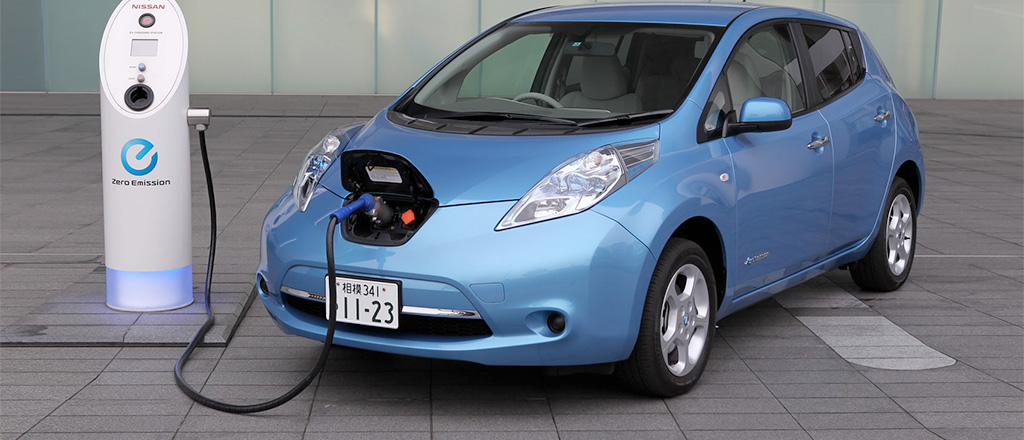With the volume of inbounds I’m getting on whether a next car purchase should be pure electric I thought it was good timing to re-visit the subject. Let’s begin by stating that the EV landscape is changing so quickly that by the time this piece hits your inbox there could be yet more changes afoot! For convenience, I’ll break this down into the three discussion areas that typically garner the most interest: Infrastructure, range and price.
Infrastructure:
With over 20 different charging companies in the UK, any potential EV buyer will be overwhelmed by which one to sign up to. Add the fact that there are five different charging types (Types 1 & 2, Commando, CCS and CHAdeMO), it makes for a fair bit of homework before you have a full understanding of your charging requirements to enjoy successful EV ownership. While the Government has been doing their best to highlight to us that charging stations are being rolled out across the country at break-neck pace, for those of us who do not have off-street parking, the task of charging remains a bit of a challenge, but not an insurmountable one. In various residential streets around me here in North West London, lamp post chargers have been installed. This is certainly a step in the right direction for those, like me, who don’t have off-street parking. And yet I do have concerns on two fronts: 1) The lamp post chargers are typically “slow” chargers, as opposed to “fast” and/or “rapid”. For context, the time needed to charge your EV to full capacity is determined by how many kW are offered at that charge point, and how big a battery you have in your car. If we use the Tesla Model S as an example with its 100kWh battery, at the 5kW Char.gy lamp post near me you would need 15hrs to get a full charge, or 12hrs to an 80% charge. This lends itself nicely to overnight charging, but this brings up concern number 2): What happens if all chargers on your street are already in use? There is an unspoken (courtesy?) rule that you should disconnect once your car has been fully charged (and even before if there’s a queue forming!) but one can’t help but think that the owner of the EV being charged at a lamp post will be quite unlikely to move their EV in the middle of the night once it has been charged. I expect to see more cables running across the pavement in front of people’s homes but, in the event your preferred parking place has been taken by another car (a diesel Range Rover perhaps? Gasp!!) you mightn’t have extension cords long enough to run to your EV.
Range:
This is a far easier topic and is far more positive. Quite simply, battery technology is getting better (and cheaper!) which will lead to an increase in range for EVs across all makes and models. Using Tesla again as an example, their flagship Model S launched with a 60kWh battery in 2012 but is now equipped with (only) a 100kWh battery as standard. In optimal conditions, the newest Model S with extra-long range can do a reported 375miles on a single charge. Personally, I discount any publicised EV range by 20%, but this shouldn’t take away from the fact that the likes of Tesla are fast approaching what an older, big engine, car can do on a full tank of petrol. One point I would highlight is that the frequency of needing to fully charge your EV is probably very rare. It would be the equivalent of pulling into a petrol station on fumes before filling up to the top. We’ve probably all come close to running out of petrol, but with a slight shift in mentality – ie a bit of forward planning – EV range anxiety should be mitigated.
Price:
EV’s will have to see price parity with their combustion-engined equivalent for consumers to make the switch (Government subsidies aside). With the exception of small EVs a la Nissan Leaf or Renault Zoe, an EV in the popular SUV guise is currently just too expensive. When will price parity be achieved, I hear you ask? Unsurprisingly timelines vary, ranging from 2022 (Bloomberg study – https://about.bnef.com/electric-vehicle-outlook/#toc-viewreport), 2024 (Deloitte – https://www2.deloitte.com/content/dam/Deloitte/uk/Documents/manufacturing/deloitte-uk-battery-electric-vehicles.pdf) and 2030 (Shell, BP, and the International Energy Agency – https://www.iea.org/publications/reports/globalevoutlook2019/). But the main driver to lower prices for EVs starts with lower costs for the batteries. Typically, the batteries alone are upwards of 60% of the overall price of the car, yet that is expected to fall to around 25% by the middle of the next decade. Lastly, as major car manufacturers (Dyson not included!) flood the market with EV’s as they have promised to do, increased competition and choice should lead to lower prices. Good news indeed!
So should you buy an EV today? This can be answered after you’ve given careful consideration to the following: the convenience of charging near your home or workplace, your willingness to embrace a new mentality for route planning and, lastly, the state of your bank balance. If you’ve answered “easy-peasy!”, “yes!” and “healthy!” then call me to help you get all charged up!
As always, keep calm and drive on.




